Nuno visited Australia in the 80’s, have the problems and discussions changed? This article appeared in The Horse Magazine in 1984.
Words Christopher Hector Drawings Jean Louis Sauvat
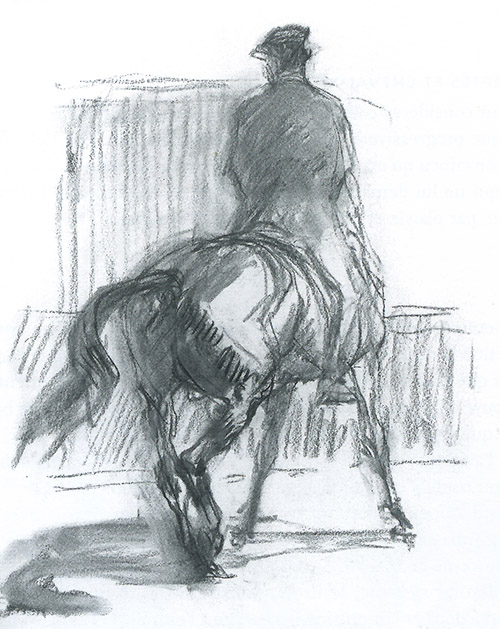
Mehtre Nuno Oliveira’s visits to Australia became a magnet for riders from all over Australia, fascinated by Nuno’s ability to produce horses that are light, round and beautiful.
As always, Nuno was the consummate teacher. On each trip to Australia, the Mehtre has produced new nuances of technique, the product of a lifetime teaching both horses and riders.Nuno is also nothing if not a showman.
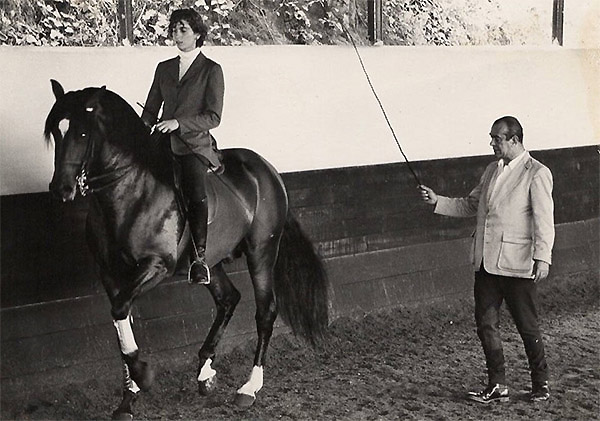
Nuno’s work provokes a good deal of controversy. There are those, like myself, who find him a superb teacher, and find his emphasis on lightness and collection an endless source of delight. There are others, who mutter darkly about circuses and classical principles.
Certainly Nuno’s work is very different in its emphasis from the modern German Training Scale. Instead of looking to collection as the icing on the cake at the end of a long process that has at its heart the horse going forward freely and boldly, Nuno works within an older tradition – one that owes its origins directly to the teachings of the Classical Masters, that looks primarily to collection.
Again the trouble with these sorts of generalisations is that they easily lead to simplification and misinterpretation. Often it seems, the followers tend to pick upon the most obvious of their teacher’s methods and fail to observe the subtleties that lie behind them.
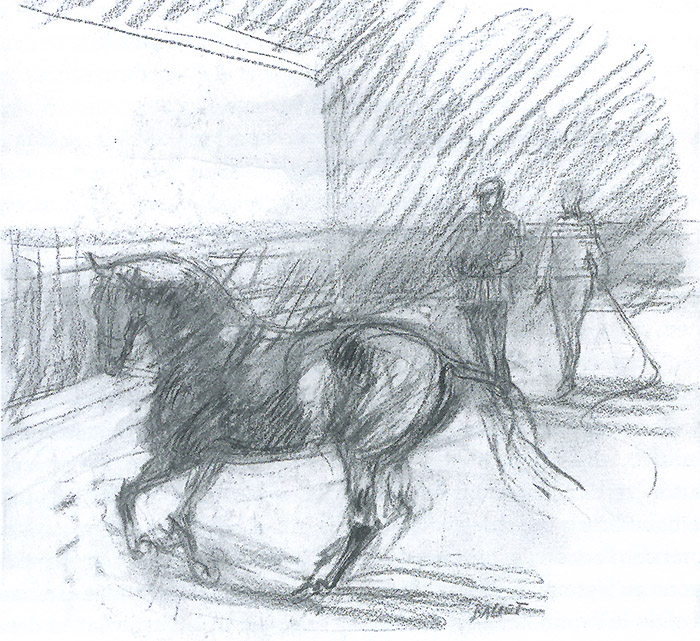
In his book, Notes and Reminisences of a Portuguese Rider, Nuno makes his position clear: “Generally speaking, there is a tendency to break horses too quickly and too roughly, which results in irregularities of gait. How often does one see a sway back effect after the result of bad handling and riding?”
“In the Spanish School of Vienna, horses are brought in at three years old and are worked according to a methodical rational program. Elsewhere horses are often forced too soon to extend the trot, gesticulating with the front legs with no thought for the necessary thrusting forward of the hind legs, leading to a concave back. It is different, of course, with a horse who has a naturally good extension and stays well balanced, this one can be pushed earlier in this pace.”
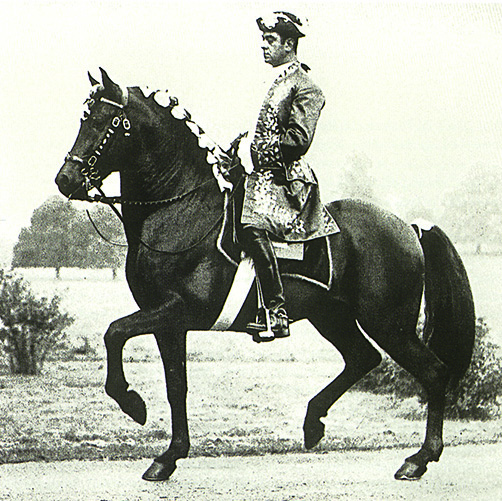
“Normally speaking, a horse should be trained to remain well balanced first, concentrating on rounding his paces, and augmenting his hind legs’ action to compliment the forelegs’ paces. Any extension should not be achieved through the reins’ force, but rather by lowering and empowering the haunches. This is what the French called ‘The Ramener’ -putting the horse gently on the bit to correspond with the degree and length of pace.”
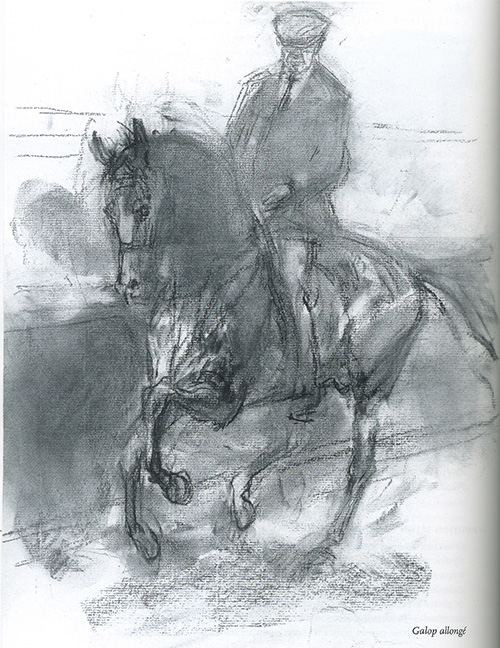
For all there has been much attention to Nuno’s emphasis on the lightness of the hands, it is a philosophy of total lightness. Again in Reminiscences: “Often the hands’ lightness is spoken of, but rarely the necessity for lightness in the legs. If the rider’s legs are contracted and pressed against the horse’s flanks, the horse will have no impulsion and, even worse than that, the rider’s legs will contradict the ability of the rider’s seat to push the horse forward.”
“Obviously, when jumping high obstacles or when following the horse’s movement with the upper torso the legs may be momentarily pressed against the girth, but afterwards, in normal circumstances, they should not be contracted. Coupled with all this, the rider’s body must remain erect in the saddle to ensure a good position. So many riders try to force themselves into a correct and more majestic position, but in reality the good seat is not always that which is the most pleasing to the eye of the beholder, but that which goes most easily and naturally with the horse’s movements, without force.”
Nuno’s emphasis is certainly not on the field of competitive dressage, for him, riding is an Art: “It is too bad that the desire to win in competition leads to the rider’s inattention to small details which can make perfection in the horse’s form. Some jumping riders will jump in any old way so long as the obstacle is passed without due attention to the form, in the same way, the dressage rider will demand an extension, regardless of what must be sacrificed in the horse’s body to achieve that end.”
“Equestrian art, however, is something else which involves complete harmony between horse and rider, and that makes the rider feel that there have been moments of beauty and greatness which makes a flight possible from all that is ordinary and mediocre. Art is the sublimation of heightened technique, and art is only possible if the person in question forgets vanity and searches only for beauty, and is enthusiastic and loving. It is akin to other arts and the rider may be subject to influences of artists in other domains.” (from Notes and Reminiscencesof a Portuguese Rider)
For all that there are those who will tell you sagely: “Go study the works of the Old Masters,” unless you happen to read French and in German there is not a lot for you to study. We are fortunate that Nuno, with the assistance of translators, like Phyllis Field, continues to produce volume after volume in English. Nuno is hard at work on yet another publication – Libretto for the Horseman, and the following extract is published with the permission from the Lusitano Fund and the editor, Phyllis Field.
Pirouettes: “It must be remembered that, as in the half pass, abuse of the inside rein on the pirouette, is the kiss of death. Pirouettes may be done ‘Levante’s way,’ as one of the Maestro’s oldest American students puts it – referring to the Luso-Arab which he trained to do pirouettes in the ancient style as well as in the modern fashion. This way is by doing travers at the canter, turning in half pass in a tight circle; but it needs a lot of seat to achieve, and the horse has to have a strong back and hocks.”
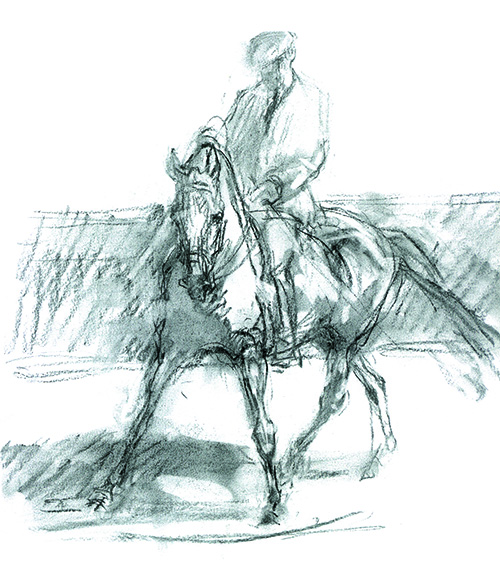
“It is simpler when the voltes at the canter are small and perfect, to return to the walk, begin a small shoulder-in to the left, at the walk, for a left pirouette, then switch to a left walk pirouette, back to the shoulder-in at the walk. Strike off immediately on that same lead, keeping the aids, and try to do a half pirouette using a lot of inside leg. It helps if you look towards the horse’s inside flank as it puts your weight in the correct place. Be careful not to bend the horse’s head and neck too much. The cadence must remain the same before, during and after the pirouette.”
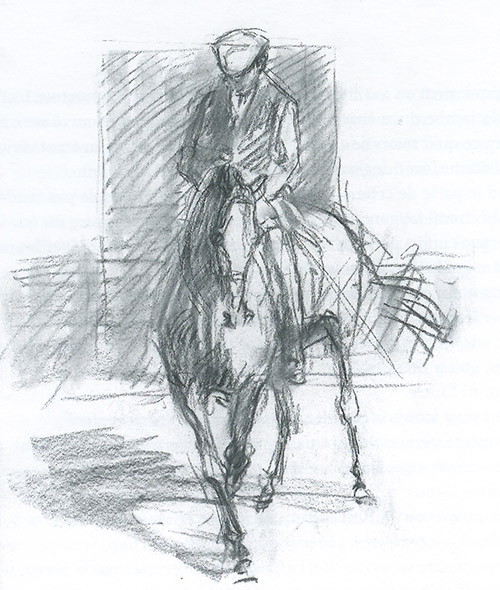
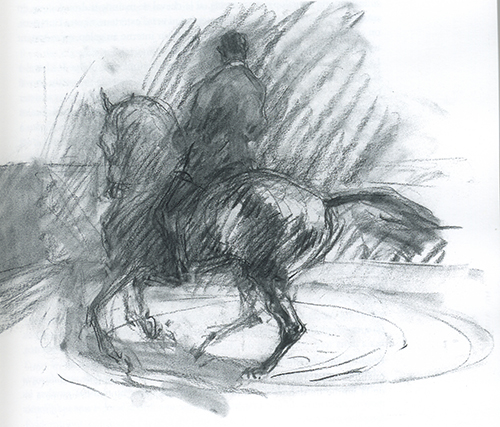
Nuno is also at work on another book, to be published in Portuguese. In it he recounts: ‘A recent meeting of two old friends.’ “Last year, I returned to the Phillipines where my friend, the horse, Corsario, lives.”
“This horse had been sold to me by the Royal Stud at Alter in 1964 as an example of the best bred horse they had. He was a very temperamental horse whose influx of nervosity made him an ideal subject for my way of High School training.”
“The first time I saw Corsario, he had been ridden by four of my top students at that time, who said he was beautiful, but too difficult to handle due to his temperament.”
“I bought him, notwithstanding, and trained him to Beethoven’s music. I remember receiving a telephone call at Christmas time from some French friends, to whom I was abnormally affectionate due to the influence of the music and the horse’s sensitive work, which had been interrupted.”
“I was also accused of too much indulgence when he was seen in public, as I gave him the liberty of doing occasional little jumps of joy, or an occasional brave toss of his head, but I preferred this to perpetual contact. If he heard my voice from the box in the corner where I sit, he became transformed, and realizing this I could scarcely restrain my tears.”
“I sold him to his owner because she loved him, and sent a beautiful opera aria to him, and to me, one day. She bought some mares as well, and there are many of Corsario’s progeny in existence.”
“I rode him, twenty-three years old, the day of my arrival, feeling his happiness and his wish to be brilliant even at his age. I was extremely glad that I had not sold him to the U.S. actor who played ‘Tarzan’ and had offered me a huge price, but rather to lovely Mitus Sisson, who adores him still.”
“Without love, this horse of tremendous ability and strength could never have achieved the height of High School training that he did, having been ridden on occasion with a silk ribbon in his mouth in all High School movements.”
“He never would have been able to reveal the potency he did at twenty three years old, as indeed I saw and felt myself, without the extreme tact and lightness in the impulsion, during his training.” Perhaps that extract says it best of all. Nuno Oliveria is a man consumed with a great love for horses. More than that, a man who has made equestrian activity, a great Art… an art suffused with his love.
(First appeared in THM, June 1984)



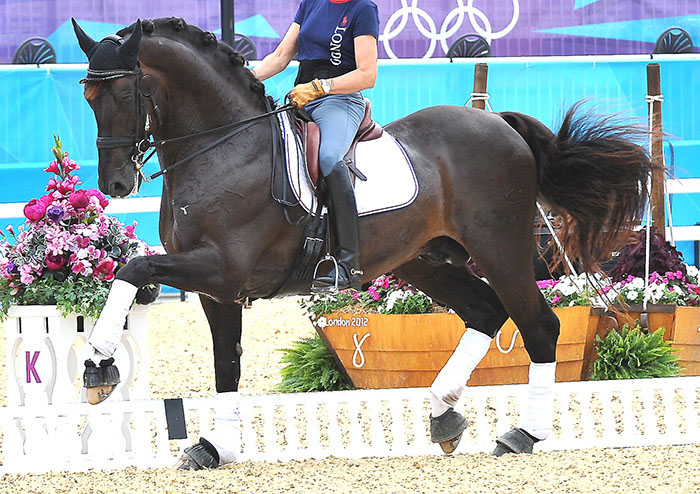
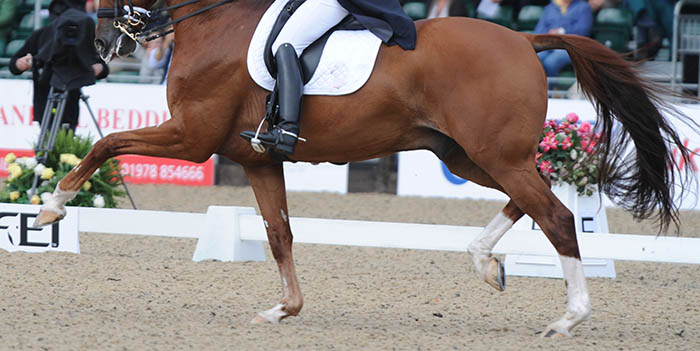
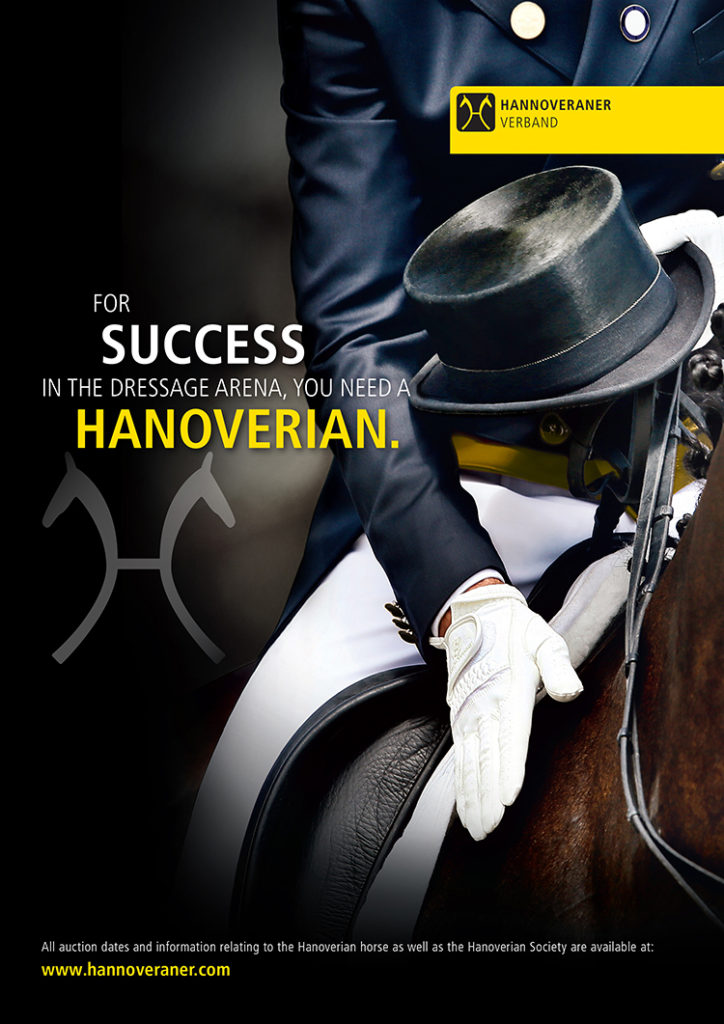
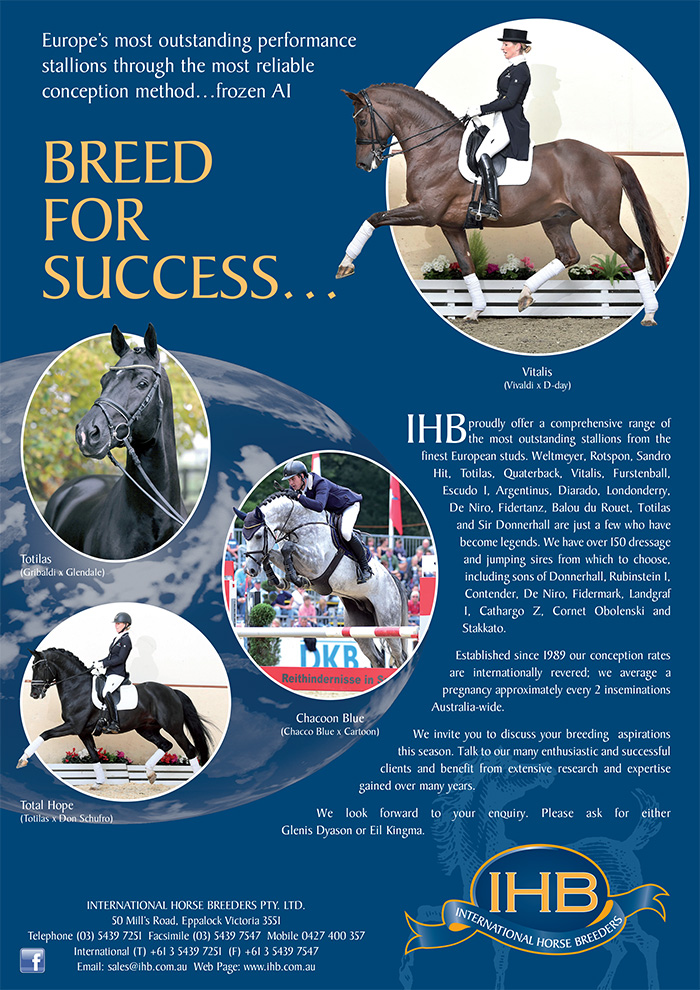
Thanks Chris for publishing these articles again. Riding in his clinics during the 80’s was a highlight and his teachings have been the greatest influence. It was a privilege an honour to have had the chance to learn from him. Those many times after you had ridden in lesson, then raced into gallery to watch the next lessons, only to feel his eyes looking at you to see if you had taken in what he was explaining to another rider, as it was relevant to you also.
Many great memories!
I have a foto to post but don’t see a way to do so.?
Emilie
Hmmm so do I Emilie, it’s the very second picture on google image-search “Nuno Oliveira”.
A lovely picture of a big horse extending freely and softly, curb rein dropped completely, horse opening giant shoulders rounding the top-line, up to the poll as though he had just learnt to master the Alexander technique for horses, swinging magnificently and powerfully forward in a working trot. All four feet off the ground.
Unfortunately and ironically perhaps but a lot of Nuno seems to have been lost in Spain and Portugal itself and is almost jammed on the high school movements and collection instead. So the horse becomes stuck frozen in the neck back and shoulder. We just don’t see horses doing the above or even being capable of doing the above very often there.
Personally for me the high school movements are the least of Nunos teaching, so between those lines then we see an almost
Reiner Klimkeresque respect and love for the horse and it’s movement.
Mutters darkly about circuses, tiny walled arenas and classical principals.
great article. Thank you
My concerns over the latest Australian fashion of head carriage and heaviness on the hand has been diminished.
The fact that he also stresses that the horses hind legs must be highly engaged AND UNDER THE HORSE is also a delight to hear.
Would love to know what his comments would be regarding use of drop nose bands in dressage!
Lightness is the goal of dressage, but also it surest mean of success
The lightness of gaits (“a light-footed horse”) and lightness to the aids can be achieved on a horse that is first willing to always move calmly forward in the desired direction:
– By lateral balance (head positioned from side to side to even out the loading of all 4 legs on command)
– By longitudinal balance (head up or down to various degrees)
– By suppleness (flexion between legs/spurs/whip/seat and the mouth to arch the topline).
“Lightness is not defined by more or less contact, but by the absence of resistances to the rider’s actions” – Nuno Oliveira. This means that the weight in the reins stays consistently the same when the hand action changes the position of the head. (in/out, left/right, up/down).
Within these parameters, the lighter the contact and the lighter the response, the greater the control the rider has over “the Stay Apparatus” (the mechanism that stiffens the lower limbs’ joints and is responsible in part for the horse’s proprioception: each leg landing safely by stiffening – and taking off by softening the same joints). Importantly, it is also responsible for the bracing of the feet which translates into the resistances to the rider’s demands. In its extreme, think of a horse that refuses a jump by bracing its stiff front legs forward. The unevenness of this bracing (all horses are asymmetrical) creates lateral stiffness and rhythm irregularities.
The German training principle – best explained by Steinbrecht – demands a firm contact on the hand that corresponds to the push of all four legs off of the ground. The 2 cannot be separated, and with the momentum of active gaits (“working trot”, “working canter”), the horse will certainly keep moving forward. This forwardness in trot and canter, called “Schwung” in German, is the base of the “Campagne School” that forms the essential of cavalry training. That said, all good jumping and cross-country riders know that the horse cannot jump on a contact that stiffens his actions and takes away his ability to adjust his striding 3 out from a jump. Good jumpers need lightness. See Pessoa, Whittaker, Eric Navet, Lucinda Green, Mark Todd or my own student, 1983 Eventing European Champion Rachel Bayliss, etc..
The mechanism that counteracts the stay mechanism is the engagement of the brachio- and sterno cephalic muscles that respectively pull the elbows forward (for impulsion) and pull the sternum up and forward (for balance). In effect, they arch the neck, release the tongue and the hyoid apparatus and are the fundamental components of lightness: reduce the weight on the reins, reduce the weight on the feet and increase their activity, as well as bring the withers back an up. This is only possible by using “The Fixed Hand” of Baucher that gives the horse a fixed point of contact that never pulls back. The ensuing flexion is obtained by the forward/quiet pressure of the front of the seat on the saddle or/and the quiet/vibrating pressure of the spur near the girth, prepared by work-in-hand that uses the vibration of the whip to obtain relaxation. All of these techniques are the hallmark of Oliveira’s riding.
I have started 5 colts (Lusitanos of the Meneses brand: Jasmin, Jabute, Jardineiro and 2 more whose names I never committed to memory) under the direct instruction of Nuno Oliveira (he owned them). I can assure you that the model for the first 30 days of their training was pure Steinbrecht: working gaits practiced on straight lines, circles and diagonals, a light but firm contact, no legs but a generous use of the whip to insure forward activity. After that early work, lightness and suppleness in lateral work and eventual collection, was a very natural and easy follow-up. Oliveira understood the benefits of each and every method he practiced, as well as their pitfalls when pursued too far without wisdom.
That said, I never found any contradictions between classical principles and competitive performance. My understanding “of the Why of the How”, as my friend Colonel Carde calls it, may have progressed since I studied in Portugal between 1970 and 75, but the foundation of Oliveira’s “Ecumenical Horsemanship” has never left me. My student and stud farm trainer Cedar Potts-Warner trained 2 Iberian Sporthorses I bred to very good scores at I1, and GP in a show yesterday that will hopefully get her to American Dressage Finals for the 3rd time. Good riding is just that, regardless of what arena the horses are shown. I had international eventers, show-jumpers and dressage horses, and not a day goes by that I don’t remember advice from N.O. to help me understand what I need to do to help my horses.
I wanted to add that it is easy for some to disguise the lack of technique by the discourse of Art and claim some attachment to Mr. Oliveira’s artistry without dedicating oneself to a sufficient technical apprenticeship and avoiding public performance. He was a true artist because of his extreme sensitivity, intuition, and sense of improvisation in the course of training, but he was an extremely well-educated technician who was methodical, whatever path he chose out of his enormous repertoire. We can’t break the rules before learning them through the study of all that came before us. Every equestrian tradition has its own stamp, its forte, and its lacunes. When I was last in Saumur a few years ago working with their instructors, they shared their cultural quandary as the official representatives of the French Tradition: the German approach gave them great trots but did not address the needs of collection and a path to good piaffes. I advised them that they could stick to the German for the gaits, the French for lightness and balance and the Portuguese for suppleness and lateral mobility. A good dressage horse needs all of it and there is no justification in remaining sectarian in the name of some misplaced national identity. This is not an original idea of mine, I simply repeated aloud what Nuno said, sometimes more cryptically.